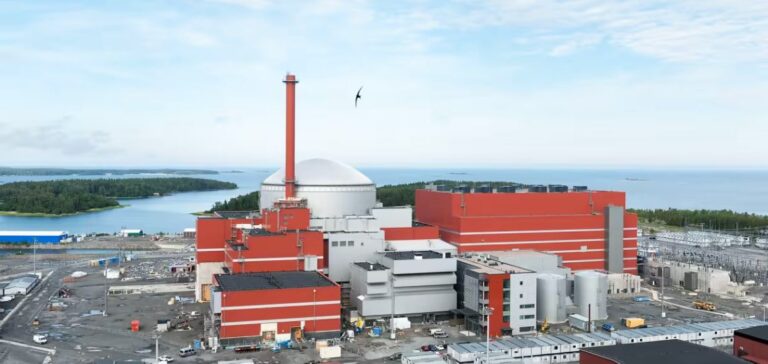Finland’s long-delayed Olkiluoto 3 nuclear power plant has begun producing electricity at full power and is expected to begin regular operation in December 2022, operator TVO said Friday.
“The plant is now the most powerful power generation facility in Europe,” TVO boasted in a statement.
With a power level of 1,600 MW, the plant located on the southwest coast of the Nordic country, has also become the third most powerful power generation facility in the world, the company said.
TVO had indicated at the beginning of September that the full power of nearly 1,600 megawatts should be reached “at the beginning of October”.
The new OL3 reactor is being closely monitored in Finland, where it is hoped that it will be able to meet the energy challenges of the coming winter.
About 40% of Finland’s electricity production comes from Olkiluoto, with OL1 and OL2 together producing about 21% and OL3 alone about 19%.
The reactor, built by the French consortium Areva-Siemens, entered service in March – 12 years late – after a long series of failures.
Regular production was scheduled to begin this summer, but was delayed until December after “foreign material” was observed in the turbine’s steam stove.
TVO said the remaining 10 rounds of testing will impact power levels in the coming months.
“In some of the upcoming tests, the production of the production unit is voluntarily stopped or the power level is lowered,” the company said.
The European pressurized reactor model was designed to revive nuclear energy in Europe after the Chernobyl disaster in 1986 and was presented as offering higher power and better safety.





















